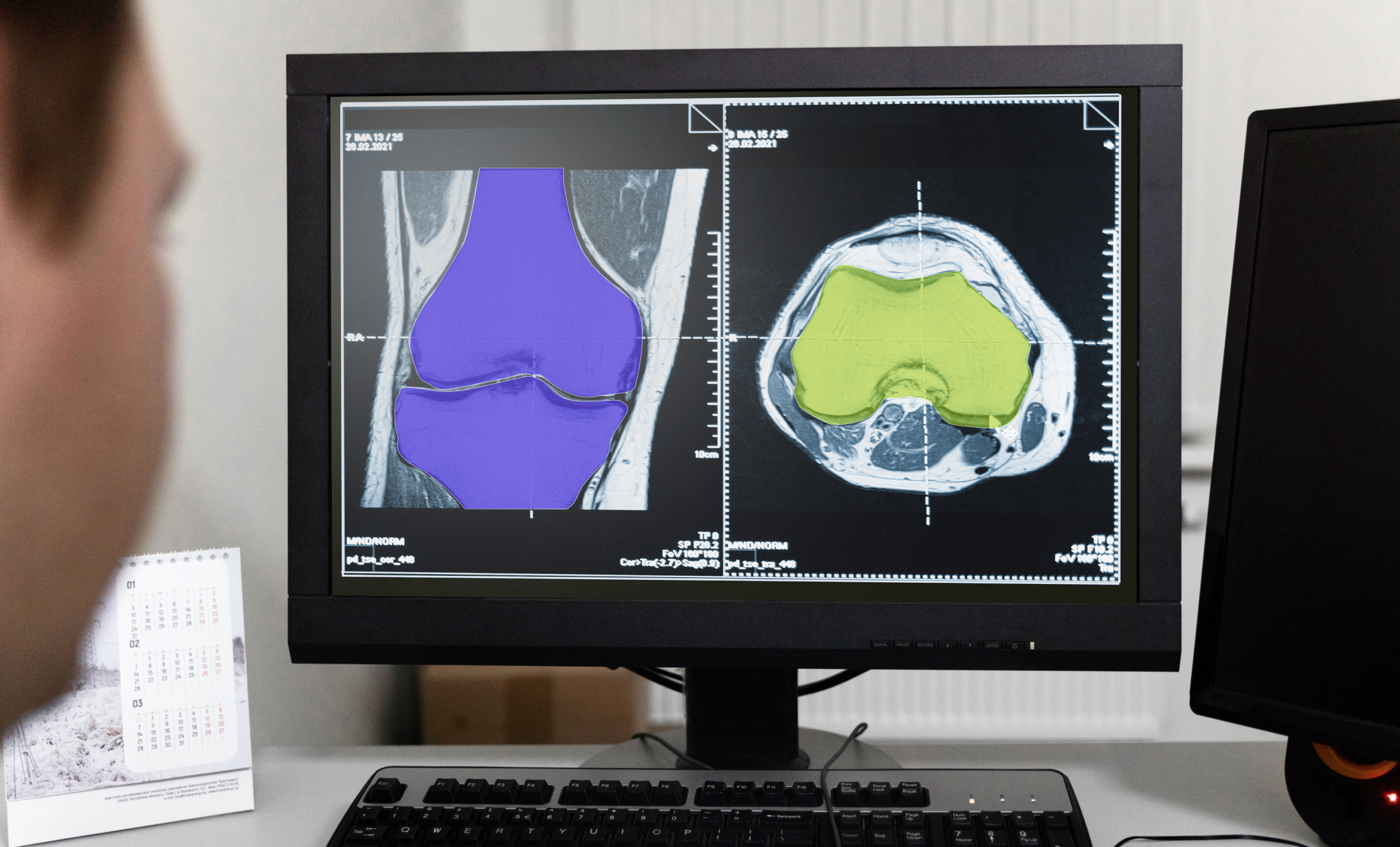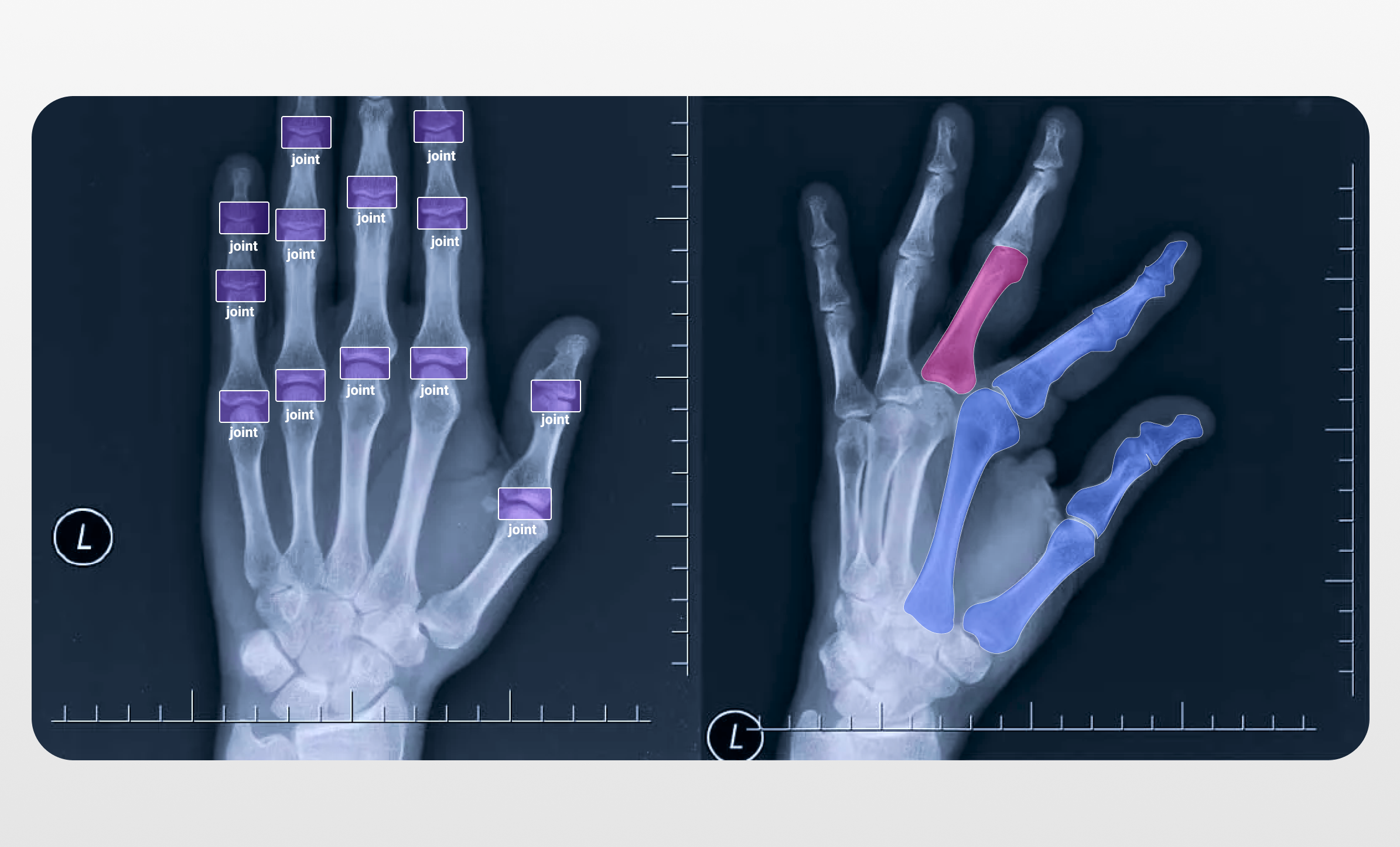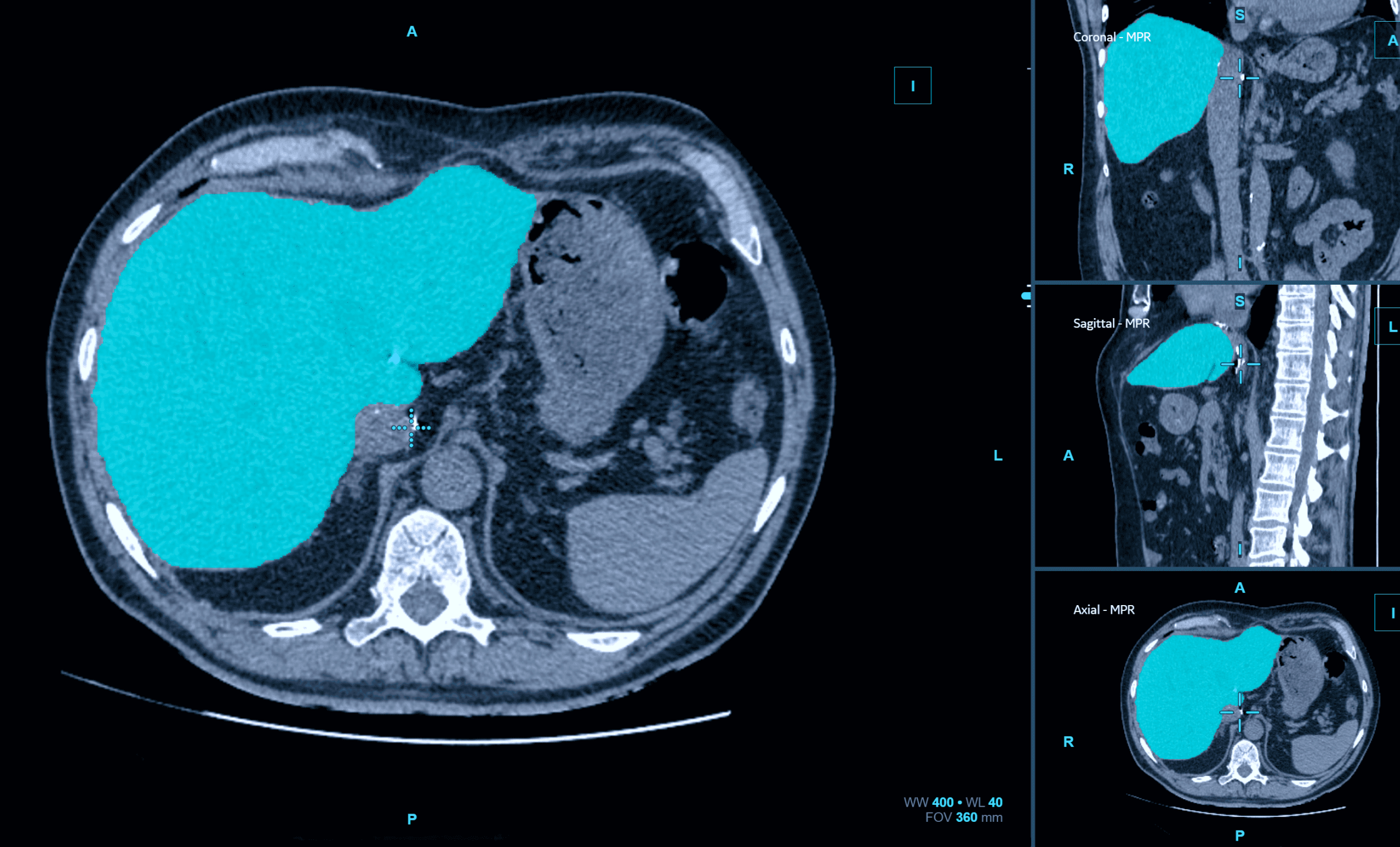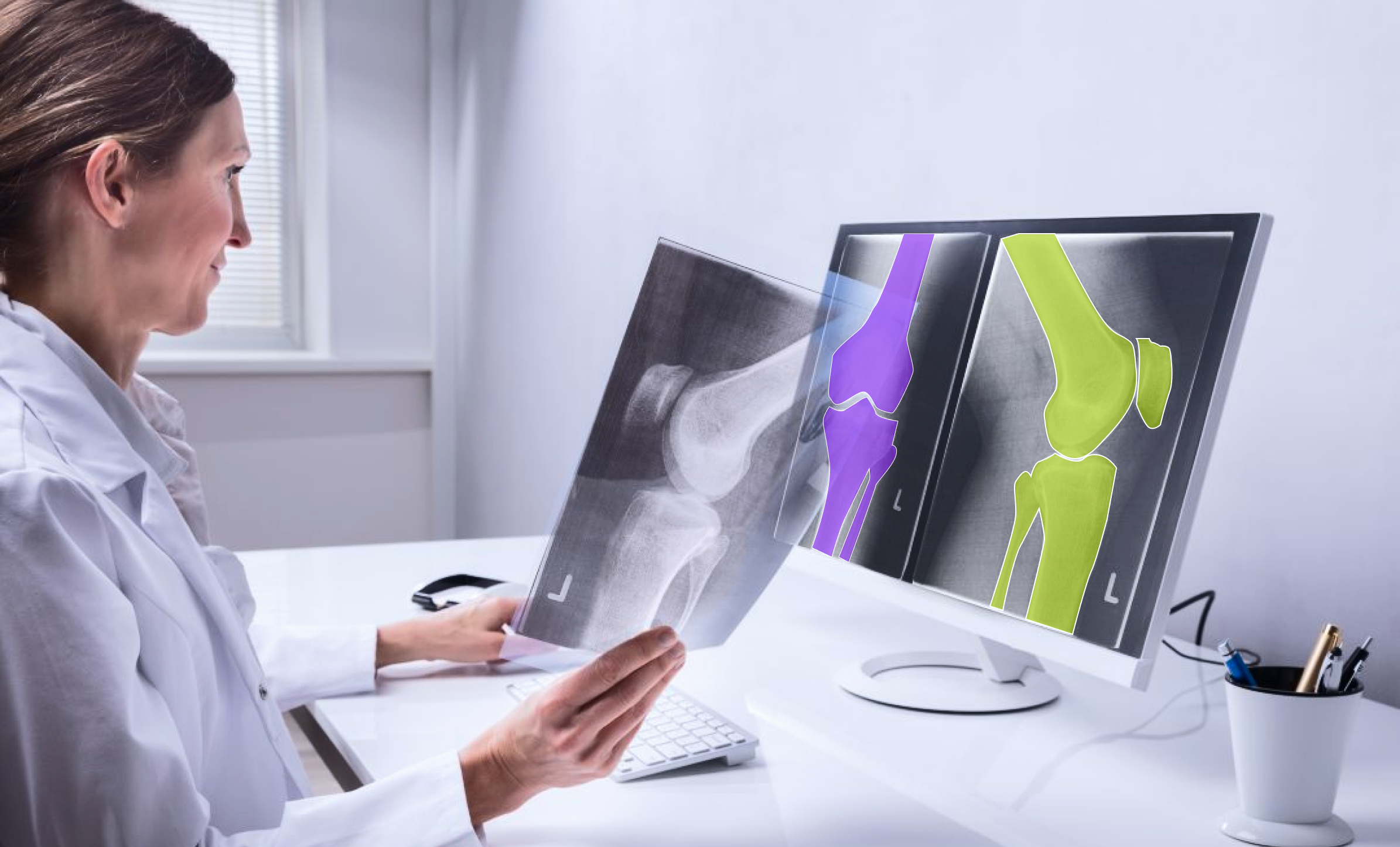The Future of Healthcare: How AI-Driven Data Annotation is Transforming Medical Industry
In the realm of imaging, the need for annotating data in X-rays, MRIs, and CT scans is on the rise, playing a role in advancing diagnostic tools and treatment strategies. This meticulous process involves labeling images with precision to build a dataset for training machine learning algorithms. These algorithms assist radiologists by identifying anomalies, streamlining processes, and improving accuracy. With the exponential growth of medical data, precise healthcare data annotation is becoming increasingly critical, paving the way for an era of medicine and better patient outcomes.
Why Healthcare Organizations Seek Medical Data Annotation Companies

Given the evolution of healthcare organizations, they are actively seeking methods to meet the increasing demand for accurately annotated medical datasets. Leveraging AI and machine learning advancements, these entities acknowledge the significance of labeled data in effectively training their models. Medical data annotation specialists provide the expertise and scalability to efficiently manage amounts of intricate medical images, like X-rays, MRIs, and CT scans.
Healthcare organizations are partnering with these vendors to boost their AI capabilities, enhance accuracy, streamline processes, and ultimately deliver superior patient care. This trend highlights the role of data labeling in advancing healthcare technology and its practical applications.
What Approaches are Necessary for Labeling Medical Images?

Labeling medical images such as x-rays, MRIs, and CT scans requires various data annotations for medical techniques to ensure accurate datasets for training machine learning models. These techniques include:
- Semantic Segmentation – This method involves assigning a class identifier to each pixel in an image, like distinguishing between different tissues, organs, or pathological areas. For instance, marking parts of a brain MRI to differentiate tissue from a tumor.
- Bounding Boxes – Rectangular boxes are outlined around regions of interest like lesions, fractures or other irregularities in x-rays. This approach is commonly used for object detection tasks.
- Polygonal Segmentation – A technique that entails outlining the precise shape of a region of interest to provide intricate medical text annotation for irregularly shaped structures, such as tumors or anatomical features, in CT scans.
- Key Point Annotation – Identifiable points are marked on body landmarks or areas of interest, like spots, on a bone structure in an x-ray. This proves handy for monitoring changes over time or conducting studies on shapes.
- 3D Volumetric Annotation – In the case of medical image annotation, such as those from CT or MRI scans, annotations may entail labeling volumes instead of 2D slices capturing the spatial relationships between various structures.
The Advantages of AI Technologies in Medical Imaging

The use of AI applications in annotating healthcare data can greatly speed up the process of obtaining results and identifying pathologies, offering transformative benefits in imaging. Traditional methods of analyzing x-rays, MRIs, and CT scans are time-consuming and often necessitate radiologists to meticulously scrutinize each image to detect abnormalities. AI-driven medical data annotation services automate a portion of this process, enabling more consistent identification of patterns and irregularities. By utilizing machine learning algorithms trained on datasets, AI systems can promptly highlight areas warranting attention, prioritize urgent cases, and even propose initial diagnoses. This does not streamline the workflow. It also alleviates the workload for radiologists, allowing them to concentrate on more intricate cases and enhance overall efficiency.
AI Healthcare and Data Annotation are an Unbeatable Combination

In the field of imaging, deep learning models, like neural networks (CNNs), excel at identifying complex patterns. These models undergo training using data to distinguish between normal and abnormal tissues. Techniques such as segmentation bounding boxes and 3D volumetric annotation enable pinpointing and characterization of anomalies. The ability of AI systems to continuously learn allows them to adapt and enhance their performance with data, ensuring they stay at the forefront of precision and efficiency. By incorporating these AI tools into settings, healthcare providers can speed up image analysis processes, resulting in prompt interventions and better patient outcomes.
The synergy between healthcare AI applications and medical data tagging holds promise in revolutionizing procedures for medical imaging such as x-rays, MRIs, and CT scans. Advanced data annotation for medical AI methods like segmentation bounding boxes and 3D volumetric annotation improves the accuracy and speed of analyzing images. Healthcare organizations are actively seeking out specialized data annotation providers to meet the increasing need for quality datasets, recognizing the pivotal role patient data annotation plays in developing strong AI models.
The advancement of AI brings the potential to speed up the identification of diseases, simplify processes and reduce the burden on radiologists. This progress is expected to enhance care and results in the field. The future of healthcare imaging rests on blending AI-powered annotations, opening avenues for precise medical treatments and better health services.





